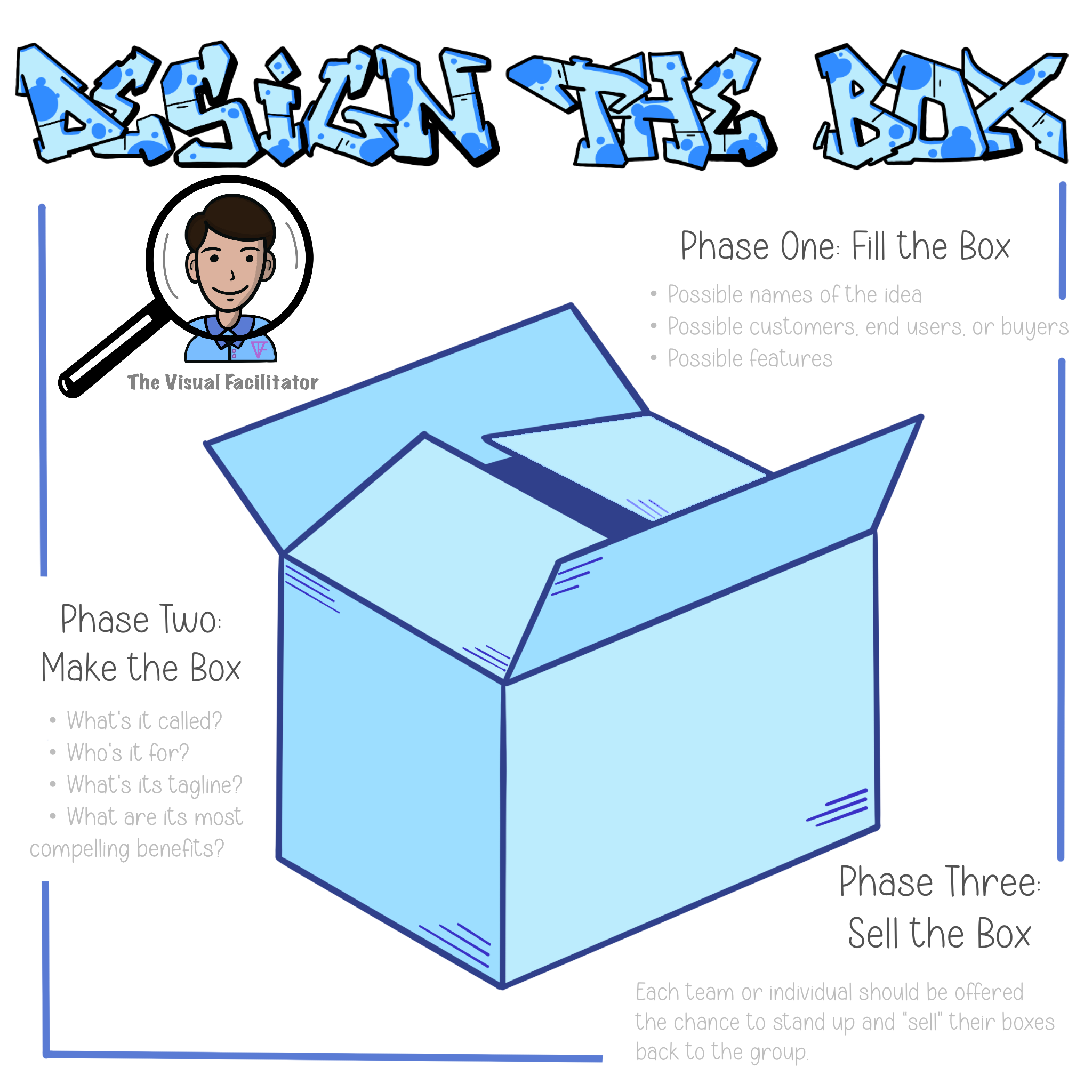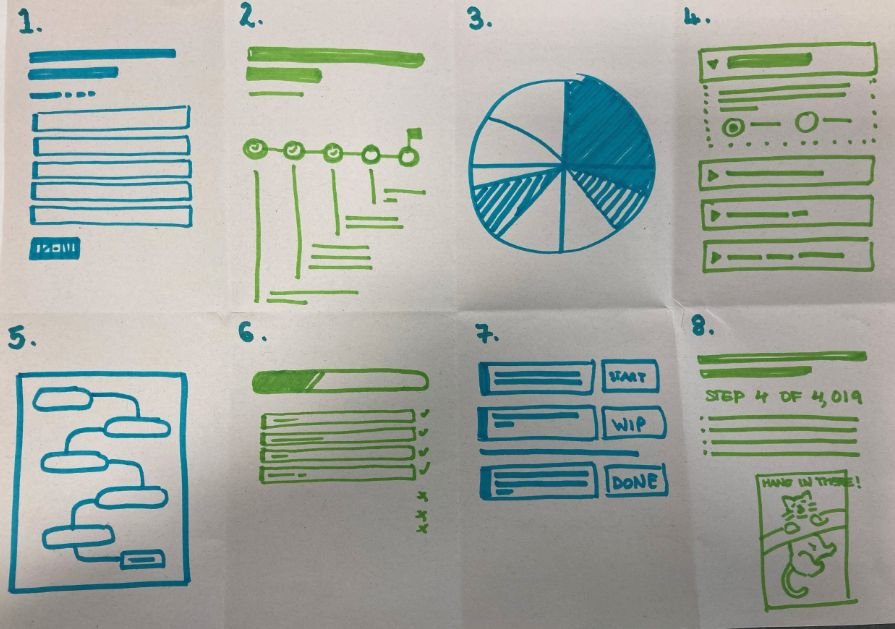
Welcome Readers
Here you'll find insightful articles, tips, and templates on agile coaching and visual thinking techniques, all designed to help you succeed. Whether you're looking to stay up-to-date on the latest trends and best practices, gain insights from thought leaders in your industry, or simply expand your knowledge, my blog has something for everyone.

Break the Ice with Blind Portraits: A Fun Team Building Exercise for Remote Teams
Blind Portraits is a classic drawing exercise that is widely used by art teachers to help develop communication between the eyes, brain, and hand. However, it can also be used as a fun and effective icebreaker activity in remote teams. The aim of this exercise is to draw your partner's portrait without looking at the paper. The end result is not important, but the focus is on observation and noticing details. With just paper and pens and at least two participants, you can get started with this activity that is perfect for remote teams. It is a great way to develop communication, observation, and drawing skills, and also helps to break down barriers and set the tone for productive and creative collaboration.

Design the Box: A Powerful Exercise for Visualising and Selling Ideas
It's important for teams to be able to articulate their ideas clearly and effectively. But sometimes, that's easier said than done. That's where the "Design the Box" exercise comes in. This exercise is a powerful tool that can help teams visualize and sell their ideas. By imagining the package for their idea, teams make decisions about important features and other aspects of their vision that might otherwise be difficult to articulate.
The "Design the Box" exercise moves through three phases: an introduction, box creation, and sharing by "selling." In the first phase, teams reflect on what could be in the box. They consider possible names for their idea, as well as potential customers and important defining details. The second phase is all about creating the box itself. Teams have a set amount of time to create the box for their idea and are prompted to think about what it's called, who it's for, what its tagline or slogan is, and what imagery would make it stand out. In the final phase, each team has the chance to "sell" their box to the group, allowing the features of the idea to naturally translate into benefits.
The "Design the Box" exercise is not only effective, but it's also fun. Teams can create simple drawings or actual boxes, which can serve as a friendly reminder of the big picture long after the exercise is over. This exercise is not just limited to software developers. It has been successfully used in a wide range of industries to describe topics ranging from "our future methodology" to "the ideal hire." Whether you're looking to create a tangible product or articulate a vision, the "Design the Box" exercise can help you get there.

Hand-drawn to Digital Masterpiece: How My Logo Was Replicated in Miro
Seeing my hand-drawn logo come to life in Miro through Said's creative process was nothing short of awe-inspiring. His expert use of basic shapes and visual thinking skills pushed the limits of digital tools, resulting in a digital masterpiece. The collaborative nature of the process and the remarkable results achieved were a testament to the boundless possibilities of digital creativity. It was a reminder that with the right skills, mindset, and tools, the world of design is full of endless opportunities for innovation and artistic expression.

Agile Team Canvas: Navigating Space with Futurama-Inspired Team Members, Goals, and Obstacles
The Agile Team Canvas is a powerful tool for any team looking to enhance their collaboration and agility. By breaking down the key elements of our team into easily digestible categories, we can better understand our goals, obstacles, and energy sources. And with the help of our Futurama-inspired crew, we're ready to blast off into the depths of space and achieve our mission together. So grab your space helmet and strap in for an adventure like no other – let's explore the Agile Team Canvas and see where it can take us!

Visual Thinking Made Simple: How Ted Wujec's 'How to Draw Toast' Can Unlock Your Creative Potential
Ted Wujec's "How to Draw Toast" is a powerful visual thinking tool that can help individuals and teams break down complex problems into simple, visual components. In this blog post, we'll explore the key principles behind this method and how it can be used to unlock your creative potential. From breaking down basic objects into their components to creating a visual language of symbols and icons, we'll walk you through the steps of this powerful problem-solving tool. So whether you're a designer, an innovator, or just someone who wants to think more creatively, read on to discover how "How to Draw Toast" can help you visualize and solve complex problems.

Crazy 8's: How this Ideation Method Can Supercharge Your Design Process
Crazy 8's is a rapid sketching exercise that can help design teams generate a large number of ideas quickly and effectively. In this blog post, we'll explore how this ideation method can supercharge your design process and why it's so effective.
